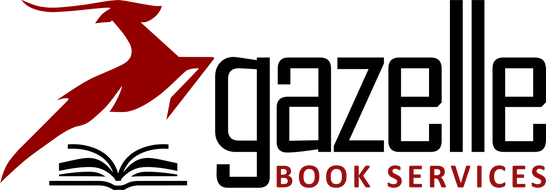
March Book of the Month: The End of the Ottoman Empire and the Forging of the Modern Middle East
This March, we’ve picked a book that bridges history and current events, tracing the Middle East's transformation from empire to modern statehood. The End of the Ottoman Empire and the Forging of the Modern Middle East, offers a sharp, insightful, and surprisingly accessible deep dive into the political shifts, global influences, and lasting impact of this pivotal era.
Written by Martin Bunton and Andrew Wender, this isn’t your typical dense history tome. In just 120 pages, it distils one of the most complex transitions in world history. If you’ve ever wondered why the Middle East looks the way it does today, this book might just be the missing puzzle piece.

If You Want to Know the Future, Look at the Past
Despite what some history books suggest, the Ottoman empire did not simply vanish overnight. Bunton and Wender argue that even in its final years the Otoman Empire was actively shaping the future of the Middle East in ways that are often overlooked.
They make the case that to truly understand the region today, one must fully grasp its Ottoman past, and this book provides exactly that. M. Şükrü Hanioğlu of Princeton University certainly agrees, calling this book “an excellent attempt to remedy this shortcoming in the scholarship.”
Historical Accuracy
One of the book’s greatest strengths is its use of real historical documents. Thirty-four, to be exact. These aren’t just dry, dusty artifacts, they bring the story to life, offering a front-row seat to the political manoeuvring behind the Ottoman Empire's collapse.
Jonathan Schneer of Georgia Institute of Technology praises the book for its “compelling account” of this transition, packed with archival gems that illuminate the historical turning points like a well-placed spotlight. In other words, this isn’t just a history lesson, it's a historical accurate window into the forces that continue to shape the Middle East.
Not only is it historically accurate but Ross Harrison of the Middle East Institute points out that this book does an excellent job of challenging old stereotypes surrounding the region. By broadening the narrative of the scope of the Ottoman dissolution beyond the Sykes-Picot Agreement and question challenging the portrayal of the Ottoman Empire as the “sick man of Europe," this book prompts readers to reassess much of their understanding of the empire. Rather than presenting its decline as an inevitable fate, Bunton and Wender reveal how key decisions by Ottoman leaders shaped the region’s fate. In other words, it wasn’t just some tragic collapse, it was an ending that helped write the next chapter.
About the Authors

Dr. Martin Bunton is a Professor of History at the University of Victoria, specializing in Modern Middle Eastern History and Colonial Land Policies. With a BA from UBC and a DPhil from Oxford, his research focuses on the global context of the Middle East, particularly the impact of colonial land policies in Palestine. His publications include The Palestinian-Israeli Conflict: A Very Short Introduction and A History of the Modern Middle East (co-authored with the late William Cleveland). His latest work, The End of the Ottoman Empire and the Forging of the Modern Middle East, offers a concise yet comprehensive look at one of the most transformative periods in world history.

Dr. Andrew M. Wender is an Associate Teaching Professor in History and Political Science at the University of Victoria and the Director of the Religion, Culture, and Society Program. Holding a PhD from UVic and a JD from Seattle University, his expertise spans Middle Eastern history, religion, and law. His research explores the intersection of politics, religion, and legal structures, with work published in journals such as Telos and Sociology of Islam. A recipient of the 2011 Gilian Sherwin Alumni Award for Excellence in Teaching, Dr. Wender brings a critical and interdisciplinary approach to the study of history and global affairs.
Dive deeper into this rich historical with The End of the Ottoman Empire and the Forging of the Modern Middle East today!
